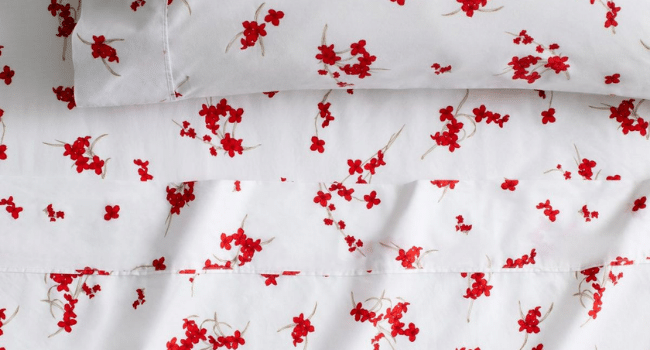Table of Contents
When it comes to furnishing your homes, making up the bedroom can turn out to be the most crucial task out of all. Designing the bedroom genuinely involves massive efforts, from buying the right bedding to choosing the interiors. On that note, the very first thing to shop for your bedroom would be the cot, mattress and beddings. Though the big decision is with the bed, it is not a visible part of your bedroom and eventually needs to be more functional rather than appealing. Ultimately, you must make the right choices with bed sheets, bed covers, pillowcases, duvets, etc., and care for them appropriately.
Bedding Care Guide 101
Nothing can match the feeling of diving into a perfectly made bed, all refreshing, good-smelling and appealing after a long day. To achieve a wrinkle-free, perfectly aligned and made bed, you will have to care for your beddings rightly. Though following the instruction label can give you an idea of do’s and don’ts, here are some quick tips with washing, drying, layering and storing every bedding essential,
- The sheet care
Without any doubt, the bed sheets do all the talking with keeping up your bedroom’s interior. To begin with, one needs to take all care to pick the most appropriate shade of sheets so that they get along with the wall colours and do not interloop from the theme of your bedroom. It is always better to have a pair of sheets on the spare to alternate between wash cycles. Here are a few quick tips on upkeeping sheets,
- Initially, watch out if your sheets are not machine washable. If they are not machine washable, use cold water and a mild detergent to hand wash them.
- For machine-washable sheets, try opting for a separate wash cycle. Washing the sheets separately in the washer helps protect its durability, keeping zips and fasteners from withering out when mixed with other covers or cases.
- Never use chlorine-based detergents or bleaches to wash bed covers or sheets as such agents can crack open the fibres.
- Finally, dry the sheets in the sun (air drying is also preferable) and hand the sheets on wooden or plastic hangers for storage.
- The Pillowcase Care
Pillows and pillowcases require a different set of care and maintenance to keep up with the resilience of the bed covers. To begin with, ensure what type of pillow you will need. Some people prefer a subtle pillow, which is also the best option. Some others choose adaptive pillows. Whatever the type of pillow it is, remember to choose a set of appropriate pillowcases. The shade of the case must not deviate from the sheet’s hue. Going monochrome can be another sensible option. Here are some quick care tips,
- Always dry wash pillows, irrespective of what type they are. Avoid washing pillows along with their cases for effective cleaning.
- Some pillows are also machine washable. Follow the same tips mentioned for sheets. Use cold water for best results.
- Pillowcases, if silk, need to be hand-washed.
- Never store pillowcases when they are half-wet or aren’t fully dry.
- Duvet care
The last and most significant bedding essential is a duvet or a quilt. Unlike the sheets, heavy blankets require less frequent washes. However, remember that they can get dirty and stained too! Here is how you need to care for blankets and duvets,
- Avoid frequent washes and laundering to keep the fabric intact and away from linting early.
- If your duvet is machine washable, never put them in a top load washer.
- Front-load washers, some warm water, and a mild detergent are all you will need to wash duvets correctly.
- Shake and dust your duvets regularly to keep them free of dust and refreshing every day. Use a mild fabric freshener on the duvets/blankets to keep them odour-free.
Read more on KulFiy
Know the Most Common Fabrics Used for Beddings
Bedroom Additions You Didn’t Know You Needed.
Kylie Jenner Net Worth, Cars, Age, Height, Weight, Kardashian family
Daisy Keech Net Worth, Age, Workout, Instagram
Kat Dennings Net Worth, Age, Height, Weight, Boyfriend
